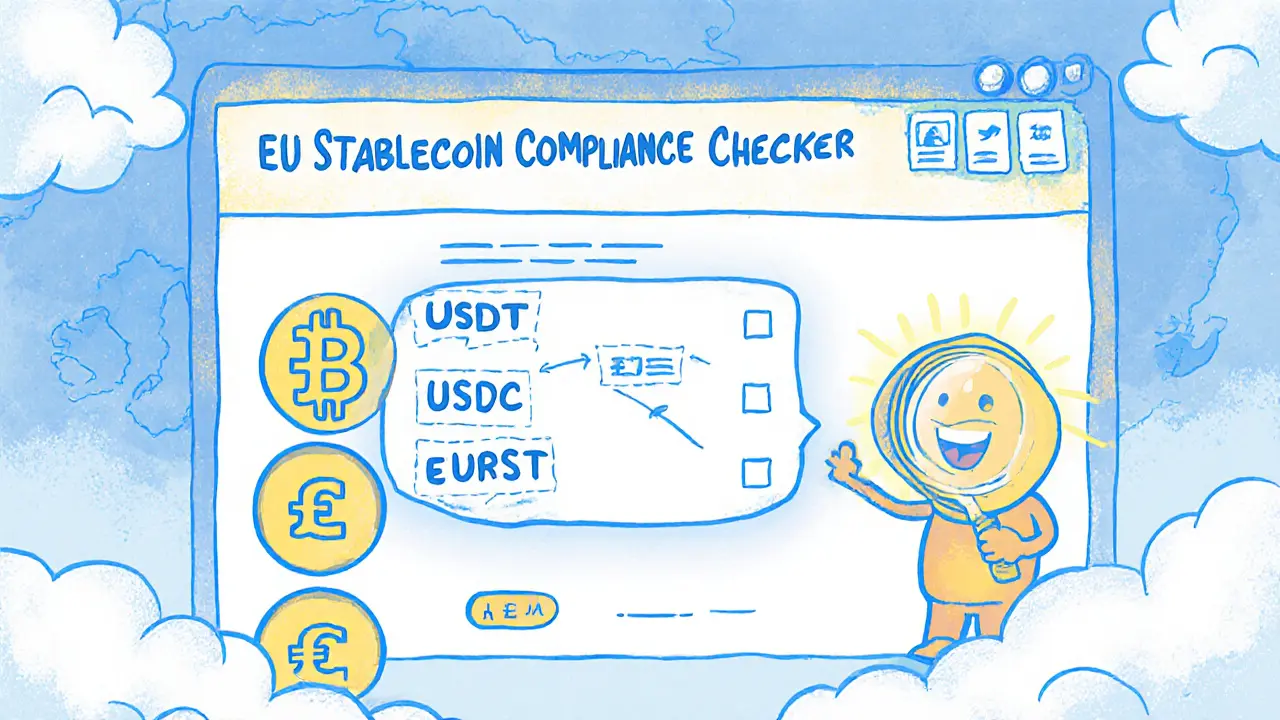Crypto Regulation: How Laws Shape the Crypto Landscape
When working with crypto regulation, the set of laws and rules that govern how digital assets are created, traded, and used. Also known as crypto compliance, it determines what projects can launch and how users stay protected. Crypto regulation varies wildly across borders, touching everything from stablecoins to DeFi protocols. It encompasses compliance requirements, licensing, and reporting duties, while also influencing market confidence and innovation speed. Below we break down the biggest rule‑makers you’ll meet on the road to a compliant crypto strategy.
Key Regulatory Frameworks Around the World
The European Union’s MiCA, Markets in Crypto‑Assets Regulation. Also called EU crypto law, it creates a uniform licensing system for crypto service providers across member states. MiCA influences crypto regulation throughout Europe by demanding a CASP (Crypto‑Asset Service Provider) licence, mandatory disclosures, and consumer‑friendly safeguards. For a startup, this means a clear path to market entry once the required capital and governance standards are met. The framework also forces stablecoin issuers to hold reserves, directly tackling volatility concerns.
In India, Indian crypto regulations, the set of rules issued by the Financial Intelligence Unit‑IND. Often referred to as FIU‑IND guidelines, they require exchanges to register, implement KYC/AML checks, and report large transactions. These rules affect exchange operations and user safety, as seen with CoinDCX and WazirX adapting their platforms to stay legal. Compliance here also means ongoing monitoring of transaction thresholds and periodic audits, which can increase operational costs but boosts user trust.
Tunisia took a hard line with its Tunisia crypto ban, a total prohibition on crypto activities enforced by the national financial authority. Also known as Tunisia’s crypto prohibition, it halted all trading, mining, and issuance inside the country, showing how strict enforcement can freeze market activity. By contrast, Kuwait crypto ban, the Central Bank of Kuwait’s ban on crypto transactions and mining. Sometimes called Kuwait’s crypto restriction, it targets financial institutions while allowing limited non‑financial use, illustrating a more nuanced regulatory approach.
These examples illustrate that crypto regulation is not a one‑size‑fits‑all story. Whether you’re building a DeFi app, launching a stablecoin, or simply trading on an exchange, understanding the local rulebook is essential to avoid fines, protect users, and stay competitive. Below you’ll find a curated set of guides that dive deeper into each jurisdiction, explain compliance steps, and share real‑world lessons from projects navigating these legal waters.
EU Stablecoin Restrictions Explained: USDT and Other Tokens
by Johnathan DeCovic Nov 21 2024 19 CryptocurrencyA clear guide to EU stablecoin restrictions under MiCA, covering USDT compliance, impact on providers, and steps to stay legal.
READ MORE
